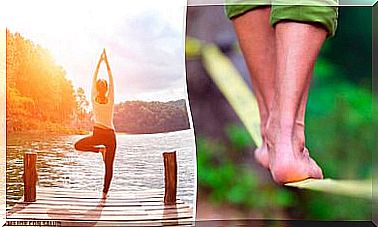Stretches For Pregnancy: Back, Hip And Legs
Stretches during pregnancy may help prevent and relieve back pain and pain in the hip area, as well as cramps and heaviness in the legs.
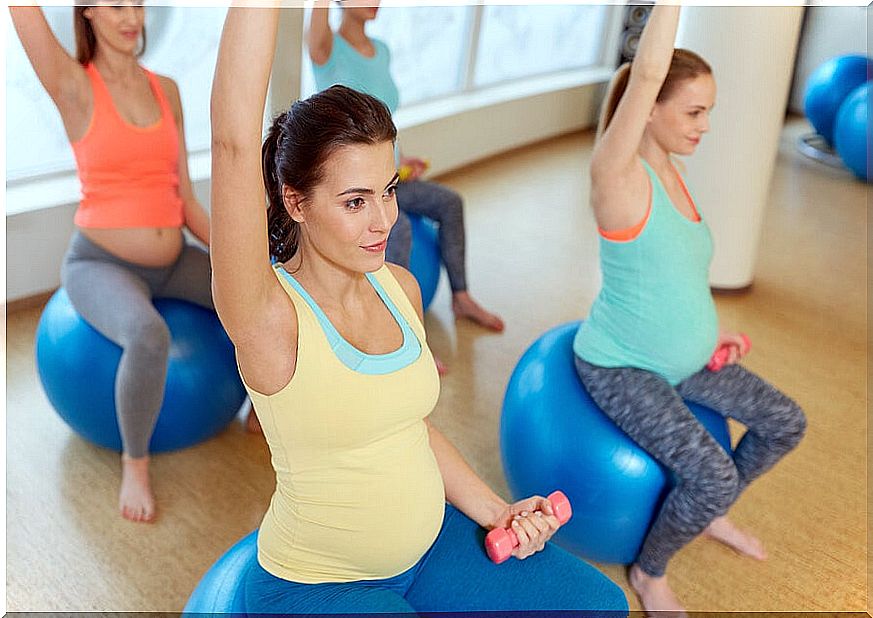
During pregnancy, it is normal for all kinds of discomfort to appear, such as the famous (and feared) back, hip and leg pain. This is due to the changes that occur in the body of the pregnant woman. In this sense, stretching during pregnancy could work as a relief and as a prevention.
Of course, before starting any kind of physical exercise during pregnancy, medical consultation is recommended. No one better than him will be able to give an opinion on the best way for the pregnant woman to stay in shape and alleviate possible discomfort to the body.
Stretching during pregnancy
Stretching during pregnancy could help alleviate back, hip and leg problems in pregnant women, and help prevent them. However, the benefits would be more: they can help you stay fit, relaxed, and even prepare for labor.
In any case, it is a stage in which limitations and conditions must always be taken into account. In this sense, in relation to the stretching exercises during pregnancy that are proposed below, never overdo it and look for a gentle stretch. Also, always avoid postures that put pressure on the belly.
On the other hand, although physical exercise is recommended during pregnancy, as the United States National Library of Medicine points out, it is better to always have the advice of a specialist. In addition, you must bear in mind that it is not convenient to do it in the following cases:
- High risk pregnancy.
- Women with threatened abortion.
- Lower placenta problems and other conditions.
Benefits of stretching during pregnancy
The main benefit of stretching during pregnancy is the improvement of the flexibility of the muscles. Indeed, good muscle flexibility could be of great benefit later in labor, according to data from the American Journal of Obstetrics Gynecology .
However, in addition to this, stretching is also highly recommended exercises for postural problems. In this sense, they would help to have good postural hygiene and to alleviate or prevent pain.
For their part, these problems increase in pregnancy. As the center of gravity shifts, the lumbar support greater loads ; hence, the typical pains of pregnant women. Therefore, stretching during pregnancy may help alleviate these discomforts and maintain a better sense of balance.
Finally, if done well, that is, by controlling your breathing and breathing deeply and slowly, stretching would help relaxation in general, which would have benefits for both mother and baby.
Cat stretch

This stretching exercise during pregnancy will help relieve and prevent sciatica and back pain.
- First, get on all fours, with your hands on the ground shoulder-width apart.
- Then slowly arch your back up.
- Then arch it down with slow, conscious movements.
- Finally, repeat 5 times.
Pelvic Raise: Bridge Exercise
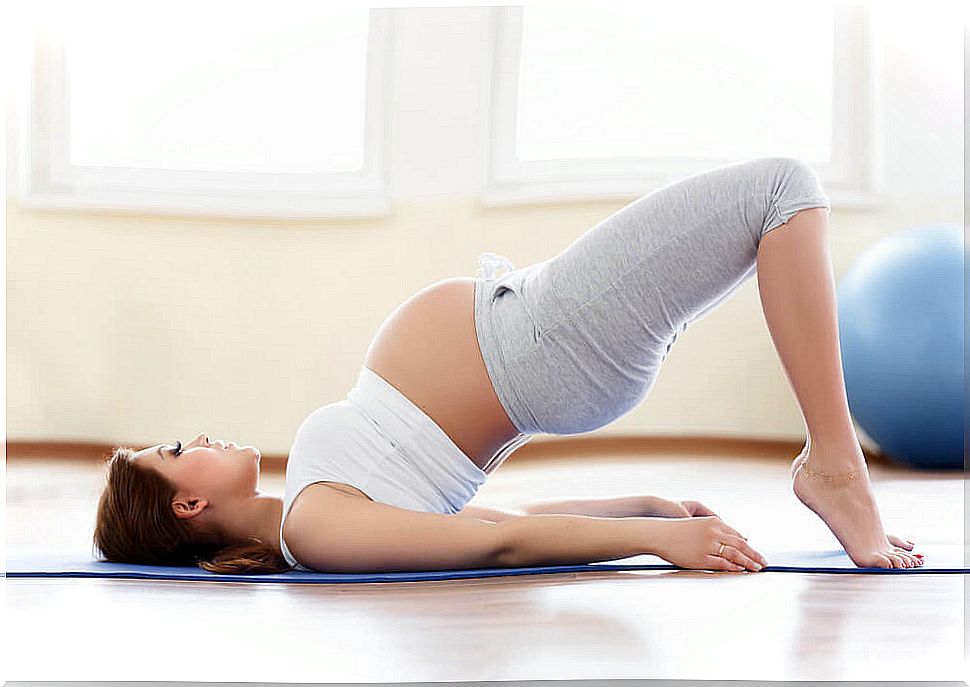
It will help you alleviate lower back and hip problems. Keep in mind that you must do it on a mat so as not to damage your back and, of course, maintain the proper posture, as seen in the photo.
- First of all, lie down.
- Next, bend your knees, leaving the sole of your foot on the ground.
- Then, push your hips up so that your lower back and pelvic area are raised.
- Remember that all movements should be done in a relaxed, conscious and slow way.
- Afterwards, hold the position for a few seconds.
- Repeat 10 times.
Lace
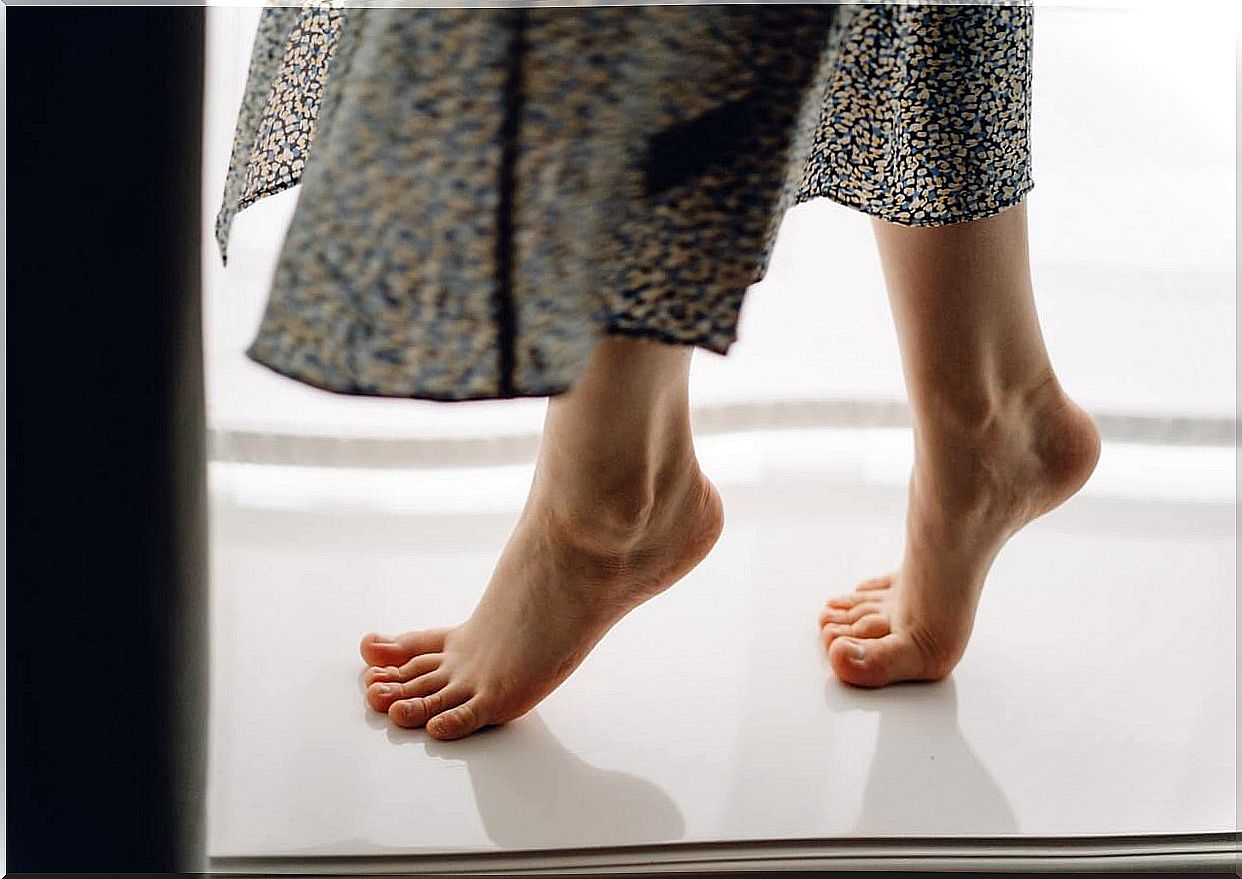
This exercise will help you prevent problems like cramps or leg pain. To do this, you can hold on to the wall, so you avoid losing your balance. Also, your partner can help you, especially during the last trimester.
- First of all, stand up.
- Then slowly climb onto the balls of your feet, standing on tiptoe. Inhale air.
- Then, as you exhale, slowly lower yourself until your heels are completely on the ground.
- Finally, repeat at least 5 times.
Femoral stretch

- First, lie flat on a solid surface.
- Next, take a tape and place it on one of your feet.
- With the help of the tape, raise your leg as far as you can, being very careful not to feel discomfort or pressure on your belly.
- Hold this position for a few seconds, breathing properly.
- Then repeat with the other leg.
Hurdle Step Stretch
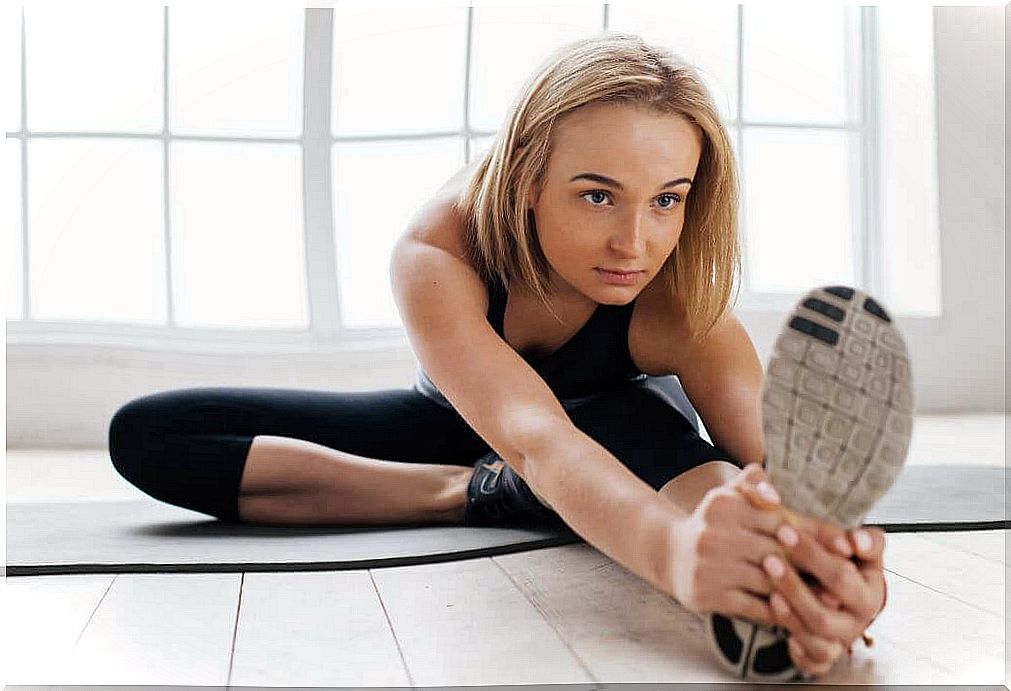
- First, sit with your feet crossed in a butterfly style.
- Next, stretch one of your legs.
- Then, lean your body towards the straight leg, without pressing on your abdomen.
- Remember that movements should always be slow, smooth, conscious, and that breathing should be controlled during them.
- Finally, repeat with the other leg.
Back stretch
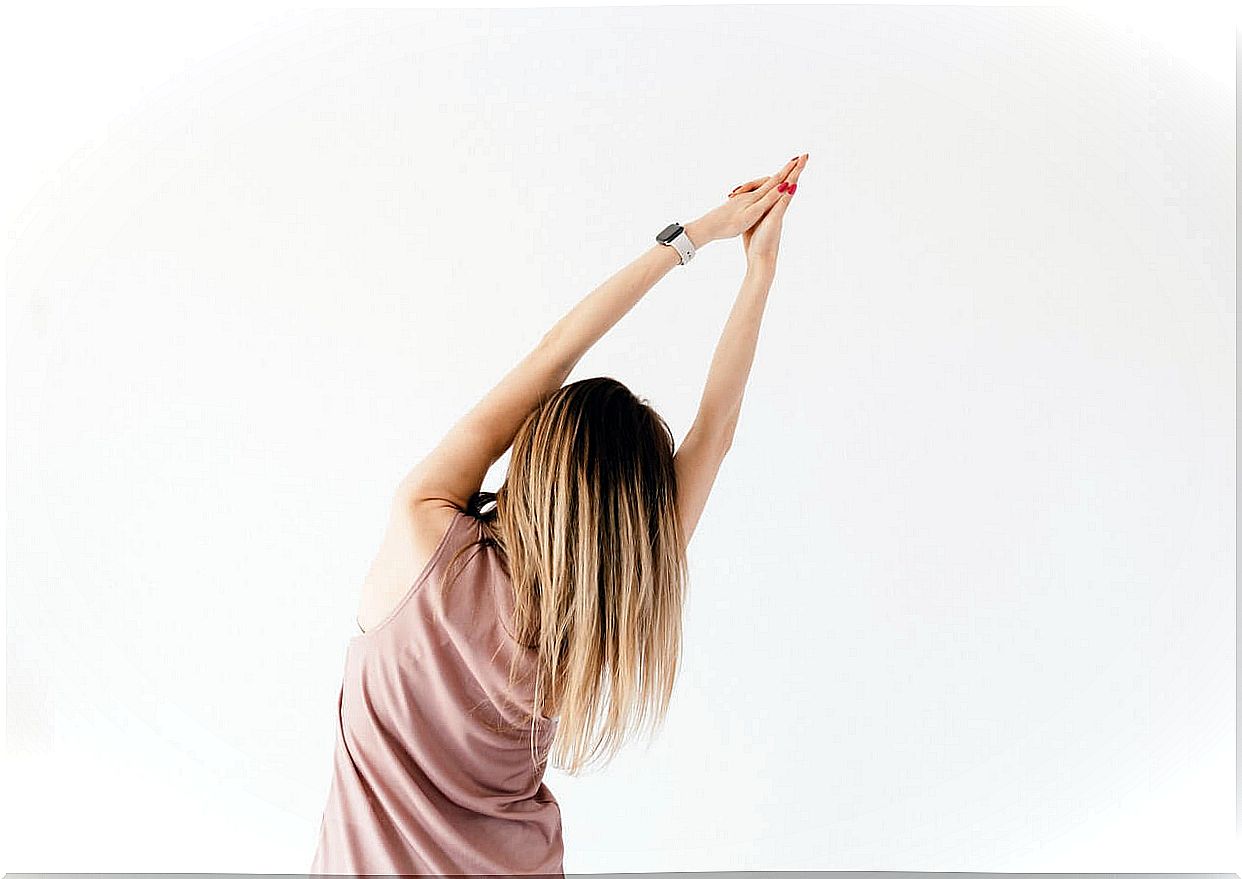
- First, sit back on your heels, with your back straight.
- Next, link your fingers First, sit on your heels, with your back straight.
Next, link the fingers of your hands and slowly bring them up.
Press up, so that your back is stretched as best as possible.
Also, always keep control of your breath.
On the other hand, if you want, you can also slightly incline the trunk to one side and the other.
s from your hands and slowly bring them up.
- Press up, so that your back is stretched as best as possible.
- Also, always keep control of your breath.
- On the other hand, if you want, you can also slightly incline the trunk to one side and the other.
Precautions before stretching for pregnancy
As already mentioned, ask your doctor first if you can do physical exercise and what kind of exercise. On the other hand, it is recommended that you perform the exercises regularly in the company of a trainer or monitor.
Do not forget to always control your breathing, inhaling and exhaling slowly and deeply and choose appropriate clothing for exercise. At this point: comfort is better than fashion.
Hydration is essential in pregnancy, especially before, during and after exercise. Therefore, you should keep a bottle of water by your side throughout your exercise routine and take breaks to hydrate.
Avoid totally solid or soft surfaces. For this, it is ideal to use non-slip mats or mats and do not put pressure on the belly at any time. In case of discomfort during exercise, stop immediately and if the discomfort persists, consult your doctor.




